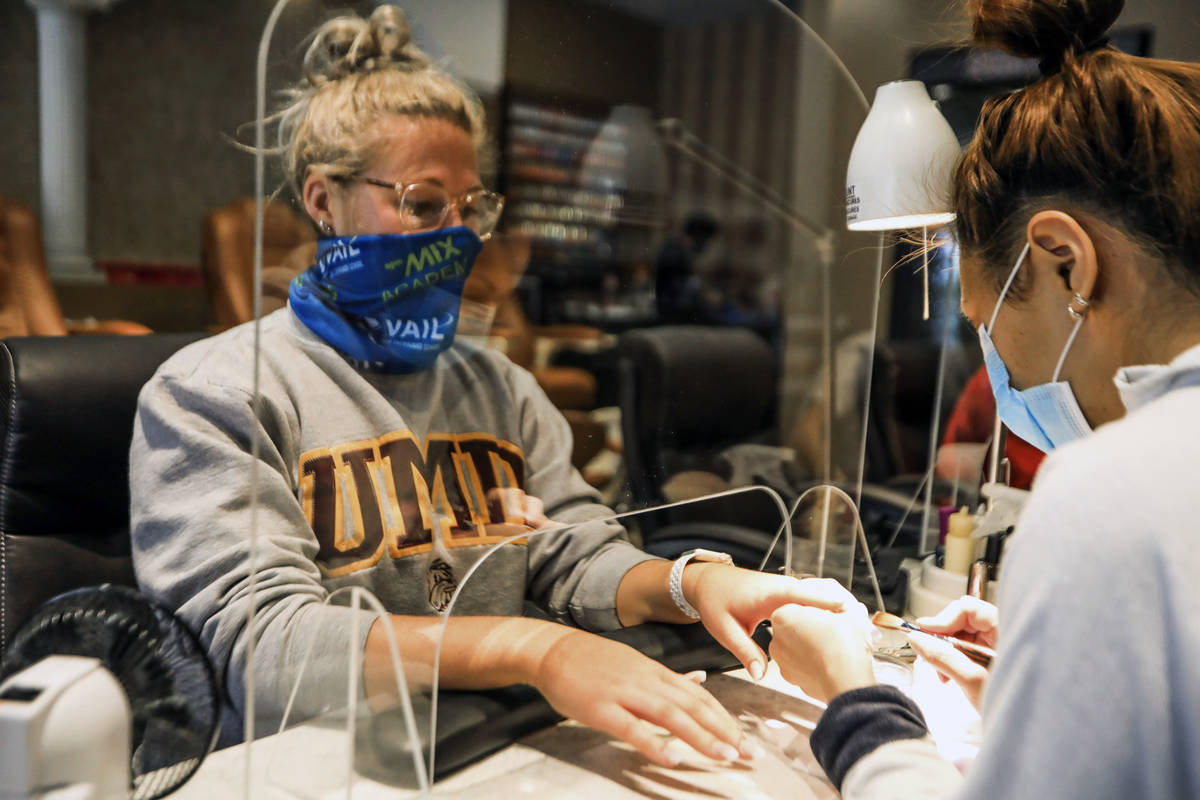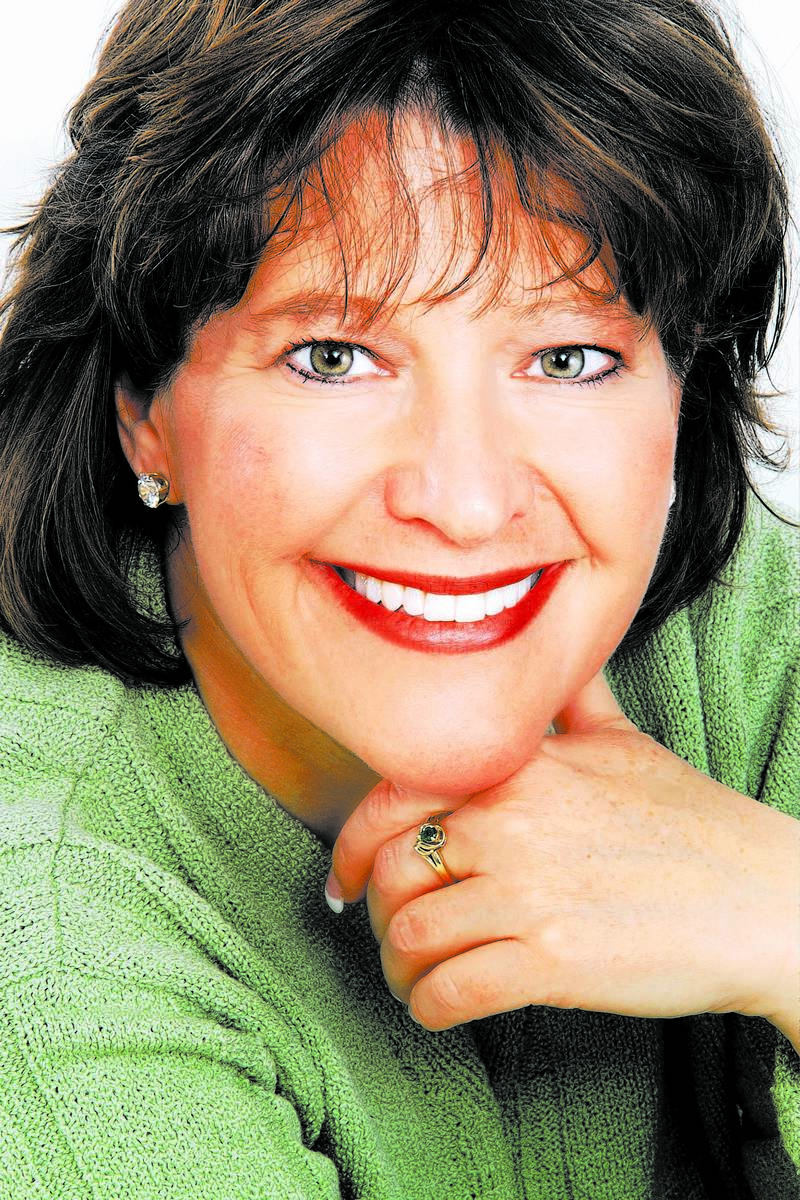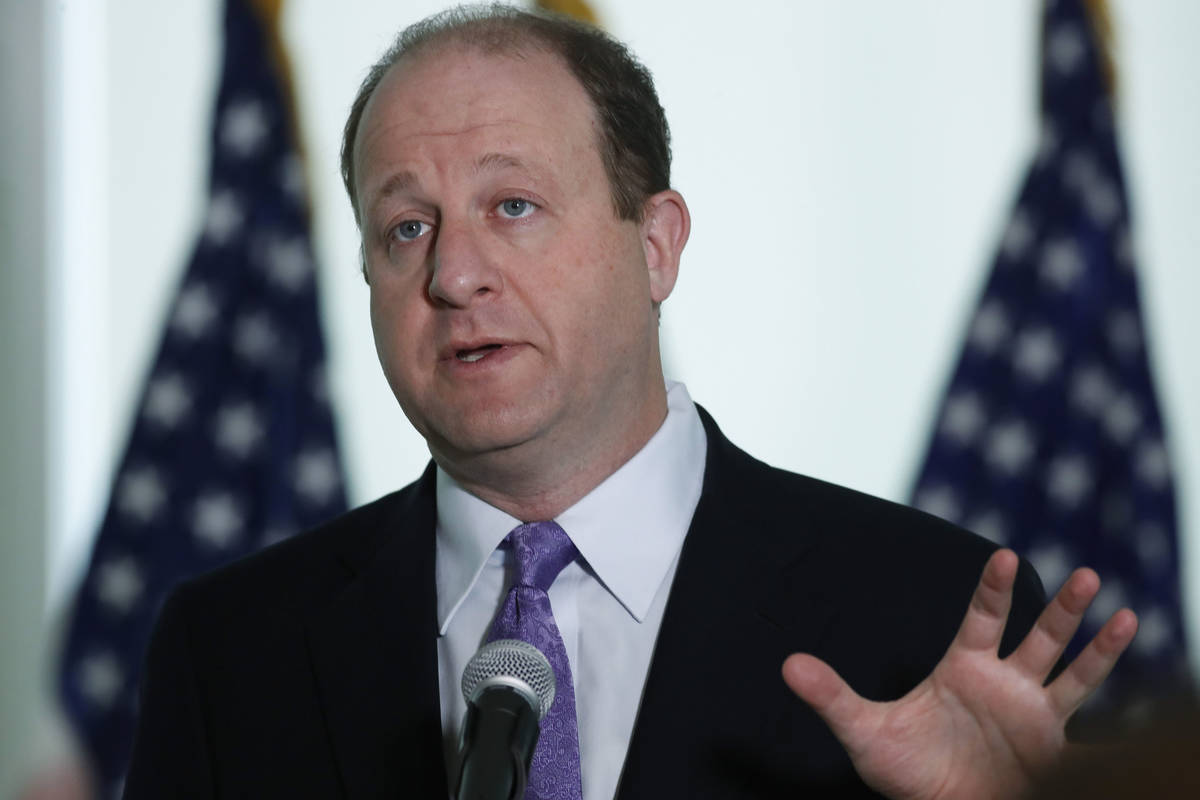Western states start some reopening while Nevada waits
Colorado has about three times as many coronavirus cases and deaths as Nevada, yet hair salons, dog groomers and personal trainers are permitted to start opening this week in some areas.
Neighboring Utah is expected to move its alert level from red to yellow Friday, allowing restaurants to serve meals on site, hotels to open and hair salons to take customers.
Arizona has lifted bans on elective surgery, and the governor promised to announce his reopening plans this week.
California has a stay-at-home order in effect until May 8, and some places, like Los Angeles, have orders until mid-May. Despite that, beaches reopened this weekend in some Southern California counties.
But in Nevada, Gov. Steve Sisolak has delayed making a decision on an official reopening, which is expected to happen in phases after some critical health benchmarks have been reached.
“As of right now, I cannot give you a firm date as to when we will meet all this criteria to begin phase one reopening plans. If we continue on this path, the date is on the horizon. Our behavior as Nevadans will ultimately help determine this day,” Sisolak said last week at a news briefing.
Nevada and Colorado announced joining the Western States Pact, a group initially formed by California, Oregon and Washington to create a broad framework for when the states will lift restrictions, the Nevada Health Response website announced Monday.
Colorado: Some reopenings
On Sunday, Colorado Gov. Jared Polis changed the state’s COVID-19 motto from “stay at home” to “safer at home” and eased restrictions despite an increase in new infections late last week. Colorado’s bigger cities have closure orders that extend into the first week of May.
As in Nevada, Colorado schools will remain closed for in-person instruction through the end of the school year. Nightclubs, gyms and spas will also not yet reopen. But starting Monday, retail businesses can start curbside service, real estate agents can show homes and elective dental, medical and vet services can resume.
On May 1, service providers like tattoo shops, hair salons and dog groomers can reopen with strict precautions, such as masks and sanitation regimes, according to a news release issued Sunday. On May 4, offices around the state can operate at half capacity.
The loosening of restrictions is surprising, given the higher toll in Colorado.
While Colorado has a population that is 46 percent larger, the state has had more than three times the number of deaths that Nevada has seen. Nearly 12 of every 100,000 Colorado residents have died from the virus, compared with 6.6 of every 100,000 in Nevada.
And Colorado hasn’t seen the two-week decline in cases that Sisolak said he wants to see before opening Nevada.
On April 23, Colorado had 952 infections, the largest number reported since the pandemic started, the state website shows. Previously, the day with the largest number of cases in Colorado was April 8, with 549.
Polis said he is lifting the stay-at-home order because the infection rate has gone down and there is enough hospital capacity to deal with the virus, so people need to return to work.
“This is more sustainable from a mental and physical health perspective,” he said at a news conference Monday afternoon. “This is not any kind of mission-accomplished moment. We have just avoided a catastrophe.”
In a news release, Polis cautioned the gradual opening is not a “free-for-all” where people can have parties, pickup sports games or go to the mountains for a weekend get away.
Utah: Easing restrictions
On Friday, Utah Gov. Gary Herbert announced that he plans to ease restrictions May 1 as long as his advisory counsel assures him that high-risk populations can be protected and that regional differences in coronavirus infections are taken into account.
“We’re about managing risk,” he told reporters at a news conference Friday. “There is no belief that we can get to zero risk.”
He said residents and businesses needed to know as soon as possible that restrictions are being eased so they can prepare.
“We want people to be ready and anticipate this will happen,” he said.
St. George, Utah, not far from the Nevada border, announced that it was opening some recreational facilities, and surrounding Washington County is starting a phased reopening Friday, news reports show.
Utah has had one of the lowest rates of both infection and death in the southwestern U.S., with only 4,123 cases and 41 deaths.
Arizona: Decisions this week
In Arizona, Gov. Doug Ducey issued an executive order April 22 that allowed elective surgeries to continue on May 1. He will decide this week whether to extend his stay-at-home order and has a phased approach planned.
The state has 6,716 cases and 275 deaths as of April 27. Nearly 4 in every 100,000 Arizona residents have died from the virus.
“Our approach going forward will be phased,” he said at a news conference last week. “It will mitigate the risk of resurgence.”
Nevada: Still waiting
“We are in close conversations now to share challenges, solutions and best practices and we look forward to strengthening this partnership in the near future,” she said in an emailed statement.
Sisolak said last week that he will consider a gradual opening after 14 days of declining infection rates, but he gave no date by which that will likely happen.
“You can’t tell if you have a downward trajectory until you’re a few a days into that trajectory,” Sisolak told a Review-Journal capital bureau reporter last week. “We have not seen that yet. We’re seeing the stabilization — we’re just kind of moving along with a steady flat pace. When we see that downward trajectory begin, then I’d be able to say, hey, look, we’re seven days into the trajectory. If we maintain this downward trajectory for the next seven days, we’ll be able to move into Phase One. We’re not there yet. We have not started a downward trajectory. So I can’t give you that day. ”
In the past week, Nevada’s number of new cases has fluctuated between 58 for a low and 129 for a high, with no deaths some days but as many as 13 on April 22, tracking of the state’s COVID-19 data site shows.
Randi Thompson, state director of the National Federation of Independent Business, said her members are “very frustrated” by the lack of specific time frames for reopening Nevada’s economy.
“I think (Sisolak) should look at what other states are doing and that they are willing to put in protocols to allow businesses to start opening,” she said. “It’s a little too autocratic in the way (Sisolak is) acting.”
But Brian Labus, an assistant professor at UNLV’s public health school, said some states are prioritizing economic considerations over the risk of more infections and deaths, an approach that may require them to close businesses again.
“The decision to reopen is not just based on public health,” he said. “There are political and social considerations. The primary driver in Nevada has been the public health side of it.”
Labus said infection rates fluctuate so the governor is looking for a downward trend and not necessarily that each day has fewer infections than the prior one.
Business meetings
Thompson said business lobbyists have had weekly calls with the Governor’s Office of Economic Development, urging a time frame to reopen because businesses need to hire people and get supplies.
“There are people attempting to get to the governor,” she said. “He’s very focused on public health, but I’m not sure how much he is listening to businesses about the state’s economic health.”
As a start, Thompson said she would like to see local governments certify more small businesses as essential like wine-tasting rooms that serve food. The state should also start to experiment by opening counties like Elko, which has seen very few cases.
“Our political leaders need a little more faith in personal responsibility and that we’re not going to do stupid stuff,” she said.
Contact Arthur Kane at akane@reviewjournal.com. Follow @ArthurMKane on Twitter. Kane is a member of the Review-Journal’s investigative team, focusing on reporting that holds leaders and agencies accountable and exposes wrongdoing.




















